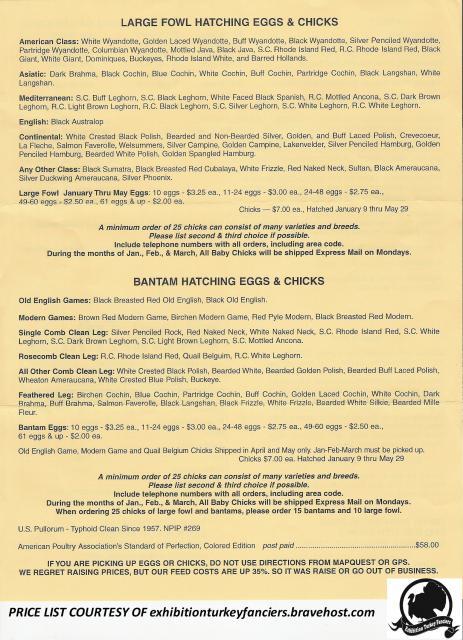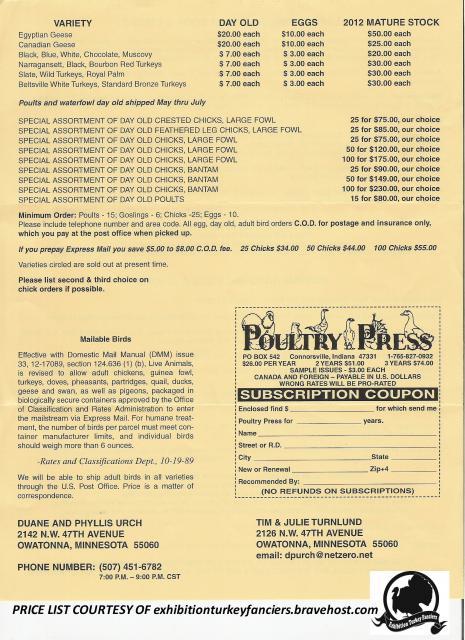La Flèche Chicken
The words “la fleche” translates in French as “the arrow.” It has been said that the La Flèche chicken gets its name from the arrow-like shape of its v-shaped comb, but the name actually was derived from its geographic origin. La Flèche is a town in the department of Sarthe within the Pays de la Loire region of France. The village lies east of Paris, near famous racing city of Le Mans. The name of the village was given to it by the Church of St. Thomas in reference to the arrow that martyred their patron saint. This breed of chicken is said to have first been produced in Le Mans during the fifth century, and then Mizeray and finally at La Flèche.
The La Flèche chicken is a medium-sized bird with black plumage, white earlobes, and a distinct v-shaped comb. The breed is deceptive in size; having tight fitting feathers, it is much heavier than it appears. They resemble Spanish chickens, with the exception of their comb. La Flèche hens lay very large white eggs and lay well from March through October. La Flèche chicks grow fairly slowly. However, the breed was famous for producing magnificent capons (castrated cockerels) and poulardes (fattened pullets) that were much celebrated in the Paris and Anjou markets. Today in the farmers market of La Fleche, these birds are sometimes sold as the “Fowl of Le Mans.”
Of all the French breeds of chicken, it is said that the La Flèche stands at the head for table qualities. They have thin white skin with tender, juicy, delicate, short-grained flesh. Their breasts are meaty and full in shape. The breed fattens well, with the fat distributed across the breasts, legs, thighs, and even the back. La Flèche chickens have a small proportion of offal (edible internal organs) to meat. They were also used to “gaver” or stuff – an old traditional practice of making birds eat more by inserting a tube into their mouths that introduces a specially blended wet mash and supplements their normal diet in order to fatten the birds.
A large population of La Flèche chickens made their way to America in the 1850s. They were found by producers to be delicate in constitution, especially so in the eastern and middle States, and were soon abandoned for hardier newly arriving breeds. Poultry author W.B. Tegetmeier purchased some La Flèche chickens and imported them into England in 1882.
http://www.feathersite.com/Poultry/CGK/LaFleche/LaFleSPPA.html
Urch got his from Henry K. Miller. One of the great Stringmen of all time. He lived in Penn.
La Flèche chickens were recognized by the American Poultry Association as a standard breed in 1874. The breed comes in only one variety – Black. Males weigh 8 lbs and females weigh 6.5 lbs.
Status: See CPL
Click Here for Breed Clubs and Association Contacts
I wonder if Urch has these. I am sure someone has them out there. You should see them at the Ohio National or Luscasiville.\
Forrest called me one day about 20 years ago and said you wont believe it but I have some of your Rhode Island Reds out here in Oklahoma. How, he said you sold some to a fellow in Massachusetts who also had my Black Lankshangs. Ya the guy that had the Lawn Grooming business. Ya that's him. What happen to him. He fell in love with a girl moved to Hawaii and left everty thing. I got them back plus the Reds. Forrest showed them and did well with them for a few years then they went up in smoke.
You would think someone would have bought them and kept them. No they problem by crossed them onto some buddy Else's strain and ruined ever thing like most people do.
He was a great salesman, I think he owned a SafeWay Grocery Store there and loved horse's. I am sure the Langshang lady can tell us more.
He use to come to El Dora do Show in Arkansas and show a lot of birds. I have a friend who I talk to every week about Reds and he use to be one of the show leaders.
I think he had Langshangs way back in the 1950s or earlyer because Schilling took a picture of one of his males.
Remember Side Pockets. One great rooster. or like some of the Lady's call them a nice Roo.
I am trying to brush up on my back yard mutt terminology so when I start to sell my Cherry Egger line I can make a fortune. They love that kind of stuff but would not give five bucks for a big black Langshang rooster like side pockets.
I am bad, Some one put a pin in my voodoo doll to get me out of this funk.








